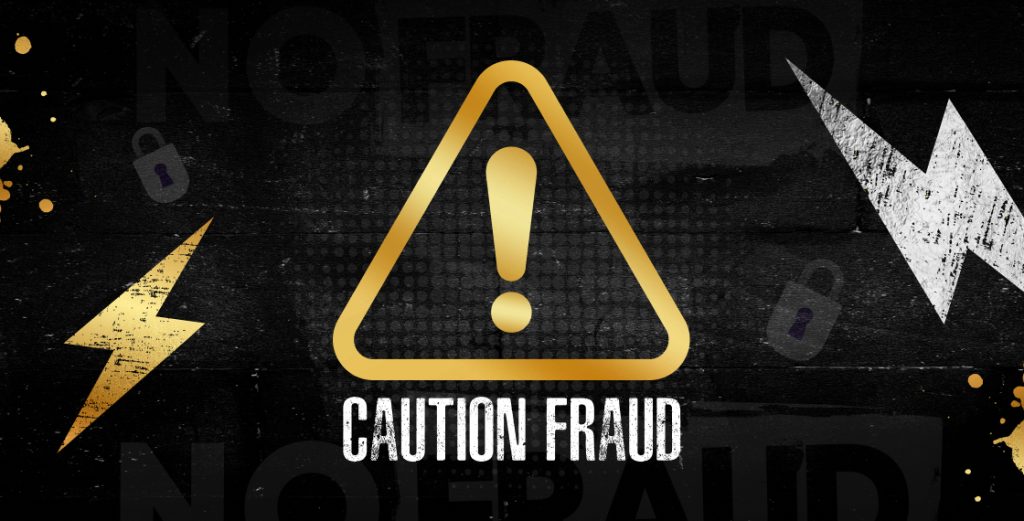Fraudulent traffic continues to challenge digital marketing, costing the industry an estimated $84 billion annually—nearly 22% of total online ad spending. Beyond the financial impact, fraud skews campaign data misguides decision-making, and disrupts optimization efforts. At RockApp, we’ve combined our extensive research with hands-on expertise to uncover the hidden dangers of ad fraud and offer practical solutions to combat it effectively.
Understanding Fraudulent Traffic
Ad fraud refers to deceptive practices that manipulate metrics like clicks, installs, and user engagement. Fraudsters exploit loopholes in digital marketing systems to generate fake traffic, often through bots, emulators, or incentivized actions.
For example, incentivized traffic involves real users performing specific actions, such as installing apps or registering accounts, in exchange for rewards like in-game points or money. While appearing legitimate, this activity distorts campaign data and fails to deliver meaningful user engagement.
Fraud can also take more insidious forms, such as SDK fraud, where malicious code embedded in an app generates fake interactions. These schemes not only waste budgets but also undermine advertisers’ ability to optimize campaigns and achieve sustainable growth.
Common Types of Ad Fraud
Fraudulent activity can manifest in various ways, each designed to deceive advertisers and profit from inflated metrics:
- Click Injection: Fraudsters intercept organic installs by simulating user clicks at precise moments, diverting attribution to paid sources. This sophisticated tactic often involves malicious software installed on users’ devices.
- Motivated Traffic: Users from specialized platforms install apps or register accounts for small rewards, creating the illusion of genuine engagement but offering no real value to advertisers.
- Install Fraud: Fake installs generated by emulators, scripts, or malware inflate app performance metrics without contributing to user growth.
- Retention Fraud: Bots or fake accounts simulate repeated app usage, misleading advertisers about user engagement levels.
- SDK Fraud: Malicious code embedded in app SDKs creates fraudulent traffic and interactions, making detection particularly difficult.
Real-Life Cases of Ad Fraud
Case 1: Install Fraud in iGaming
In 2022, a global mobile iGaming company uncovered 500,000 fake installs created through Android emulators. These fraudulent activities cost the company over $10 million in just three months. Advanced fraud detection tools helped mitigate further damage and restore campaign integrity.
Case 2: Retention Fraud in a Meditation App
A popular meditation app observed a sudden spike in retention rates among new users. Upon investigation, it was revealed that bots were simulating user activity by repeatedly accessing accounts. Anti-fraud solutions enabled the company to reduce losses and regain accurate campaign metrics.
Case 3: SDK Fraud in Finance
A leading financial app fell victim to SDK fraud in 2022, where malicious code within a third-party SDK generated fake clicks and installs. This distorted performance metrics and misled optimization efforts. The company resolved the issue by updating the app and terminating the partnership with the SDK provider.
Case 4: Amazon VS Fraud
In 2023, global retailer Amazon uncovered a large-scale click fraud operation targeting its search engine ads. Hackers used bots to generate clicks on specific keywords, driving up advertising costs and artificially inflating bid prices in auctions. These fraudulent activities resulted in direct losses estimated at tens of millions of dollars over three months.
How to Detect and Combat Ad Fraud
Key Indicators of Fraudulent Traffic:
- Anomalous Activity: Unusual spikes in clicks, installs, or engagement that don’t correlate with revenue increases.
- Suspicious Sources: Traffic originating from unverified or low-quality networks.
- High Bounce Rates: Users uninstalling apps shortly after installation, often a sign of install fraud.
Effective Strategies for Fighting Fraud:
- Advanced Anti-Fraud Tools: Platforms like Adjust, AppsFlyer, and Singular specialize in real-time fraud detection and prevention.
- Data Monitoring: Regularly analyze key metrics, including CTR, retention rates, and bounce rates, to identify anomalies.
- Verification Systems: CAPTCHAs and user authentication methods filter out bots and ensure legitimate interactions.
- Traffic Audits: Evaluate UTM tags, geographic data, and partner reputations to validate traffic sources.
- Comprehensive App Reviews: Conduct regular audits of app performance to identify low-quality sources and fraudulent activity.
The Impact of Fraud on Businesses
Fraudulent traffic has far-reaching consequences for advertisers, including:
- Financial Losses: Fraud drains advertising budgets, with some companies losing up to 30% of their spending on invalid traffic.
- Data Distortion: Misleading metrics hinder campaign optimization and lead to poor decision-making.
- Eroded Trust: Persistent fraud diminishes confidence in online advertising, prompting businesses to reduce their investment in digital channels.
Why Fraud Prevention Matters
When advertisers take proactive steps to prevent fraud, they unlock several key benefits:
- Budget Efficiency: By avoiding payments for fake installs and invalid clicks, companies can allocate budgets more effectively.
- Accurate Analytics: Fraud-free campaigns ensure reliable data for optimization and strategic planning.
- Enhanced Performance: Fraud prevention preserves the integrity of algorithms, enabling campaigns to achieve better results without costly retraining.
According to RockApp’s analysis, robust fraud detection and prevention can save advertisers up to 50% of their budgets while driving higher ROI.
RockApp’s Expertise in Combating Fraud
At RockApp, we combine advanced technology, in-depth analytics, and years of experience to help our clients navigate the complexities of ad fraud. Our tailored solutions focus on delivering real, high-quality audiences while protecting budgets and ensuring campaign transparency.
Fraud prevention isn’t just about defense—it’s a proactive strategy to maximize ROI and drive sustainable growth. With RockApp as your partner, you can confidently navigate even the most challenging markets, knowing your campaigns are optimized for success.











